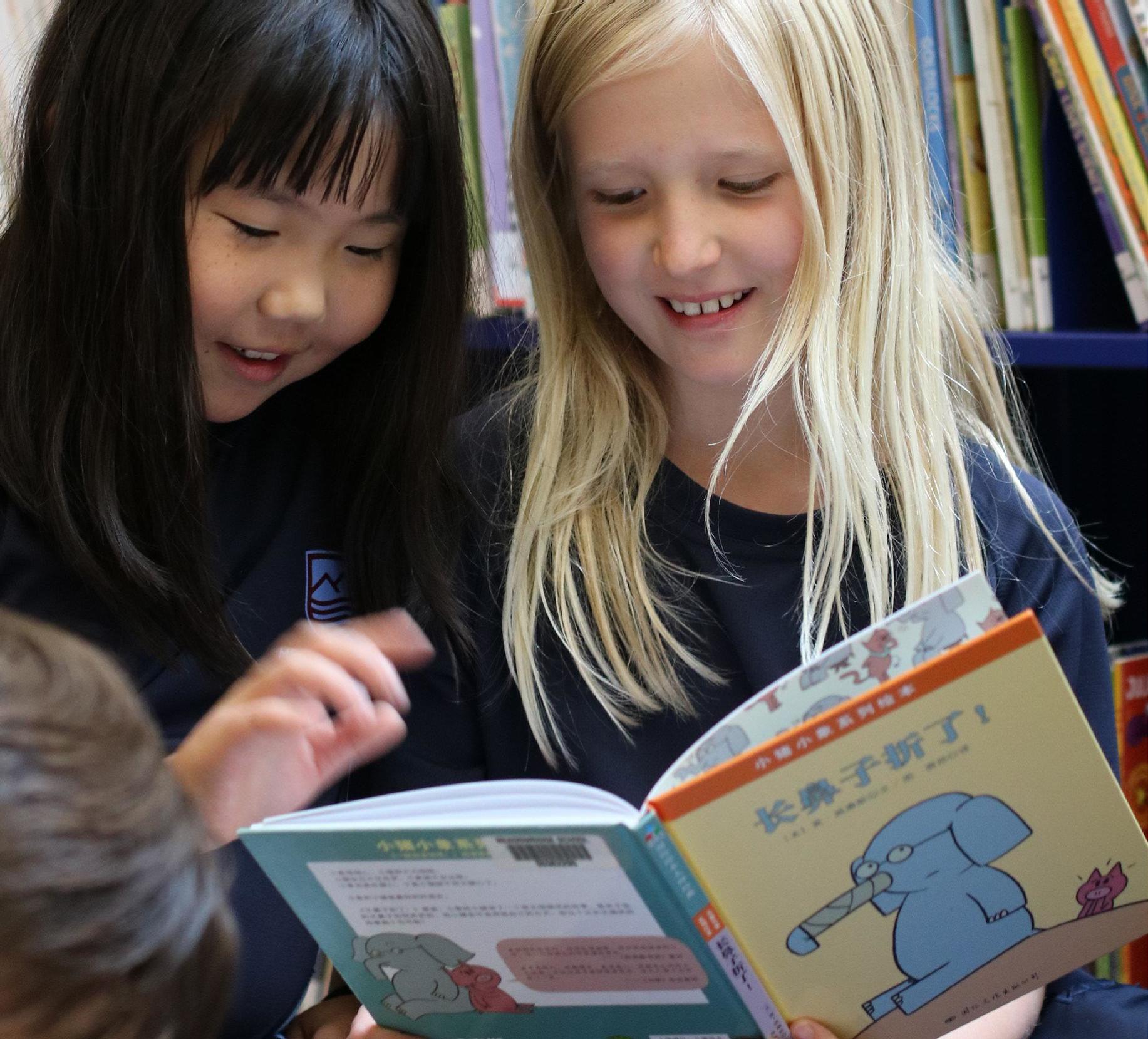
3 minute read
Found In Translation
How translated stories validate students’ culture, learning and language acquisition
Established two years ago, the Celebrating Culture and Language Diversity and Unity Task Force provides important insight into the learning, language, and culture of our school community. With families joining us from around the world, and with forever-changing definitions and ideas about what interculturalism really is, realizing the task force’s mandate is a matter of – as TLP Coordinator Ms. Chantal Fyfe-Hudon puts it – “starting small, starting somewhere.” Over time, these small changes will have big impact on our school culture.
Advertisement
Leading the charge on one of those “small” changes is Teacher Librarian and PYP Coordinator Ms. Angela Pallister. A member of the task force since its inception, she has been working to build the library’s language book collection over the last couple of years. She has worked to find books in French, Spanish, Chinese, Persian, Korean, and any other languages reflected in our community. She has also worked to find books that were “highly popular, highly readable, and highly beneficial.” Ms. Pallister wanted to find good books… good books her students actually wanted to read.
When students read in their ‘home’ language, (the language most commonly spoken by the members of a family for everyday interactions at home) they become not only better, more motivated readers, they become better English readers (and speakers and writers) too. That’s because having a strong grasp of a home tongue only “boosts” a student’s ability to learn a second or third language. Language “develops the learning of everything else,” Ms. Fyfe-Hudon explains.

Ms. Angela Pallister, PYP Coordinator
Offering books in many languages is also a celebration of who we are. The library is an inclusive place and should reflect our community. “Even just seeing books in their home language is important for students,” Ms. Pallister shares. Having books in students’ home language “validates their culture, their language, and their learning.” Books are a small but mighty way we can connect and celebrate culture. With books in both English and their home language, students can read with their parents, grandparents, siblings and friends. With books in both English and their home language, students can pick up on cultural references not typically found in their home language literature, too.
Purchased from generous donations to the Meadowridge Annual Fund, our library now has over 60 language books for students to explore. “We picked some really, really fun books,” Ms. Pallister smiles.
The Annual Fund purchased 60+ translated stories encouraging the love of Reading
Come check out the collection in our library today!

Elephant and Piggie, Don’t Let the Pigeon, That Is Not A Good Idea by Mo Willems | Read them in: English, Chinese, French, Spanish and Vietnamese

Narwhal and Jelly by Ben Clanton | Read in: English, French and Spanish

Brown Bear, Brown Bear, What Do You See? by Bill Martin | Read in: English, Arabic, French, Hindi, Punjabi, Spanish and Vietnamese

No David!, Good Boy Fergus by David Shannon | Read in: English, Arabic, French, Japanese and Spanish

Arthur’s Adventures by Marc Brown | Read in: English and Chinese

The Very Hungry Caterpillar by Eric Carle | Read in: English, French, Punjabi and Spanish

Princess in Black by Shannon Hale | Read in: English and Traditional Chinese


